Why iodine alternative brings four benefits to lambing shed
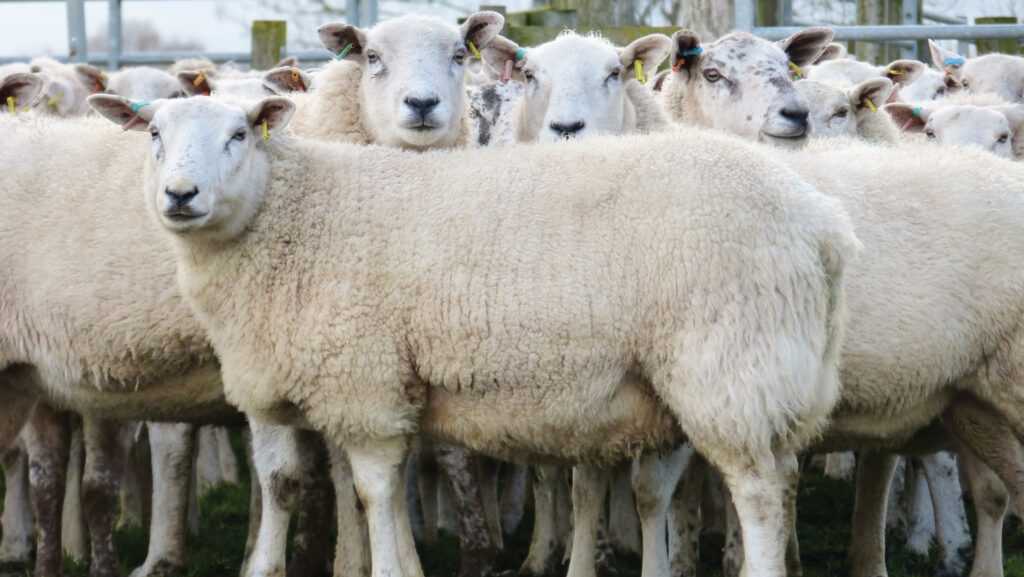 Ewes at Searchlight Farm © MAG/Michael Priestley
Ewes at Searchlight Farm © MAG/Michael Priestley A fast-drying navel protection solution has impressed in lambing sheds under trial conditions, providing an effective alternative to iodine.
Interest in substitute desiccants for navels has grown since the cost of iodine spiralled in 2022.
Using the new blue disinfectant to prevent infection through the navel or at ear tag sites could bring a host of benefits, a study led by specialist sheep vet Fiona Lovatt has concluded.
See also: How autumn flock resilience plan cuts lambing and cake bill
Efficacy of the new desiccant was compared with that of iodine in a UK trial of 6,840 lambs in the 2023-24 lambing season (see “Trial information”).
Fiona says the trial showed Nobacz Navel, which was launched in the UK in February 2024 by woundcare company Nobacz Healthcare, has economic and welfare benefits.
Trial information
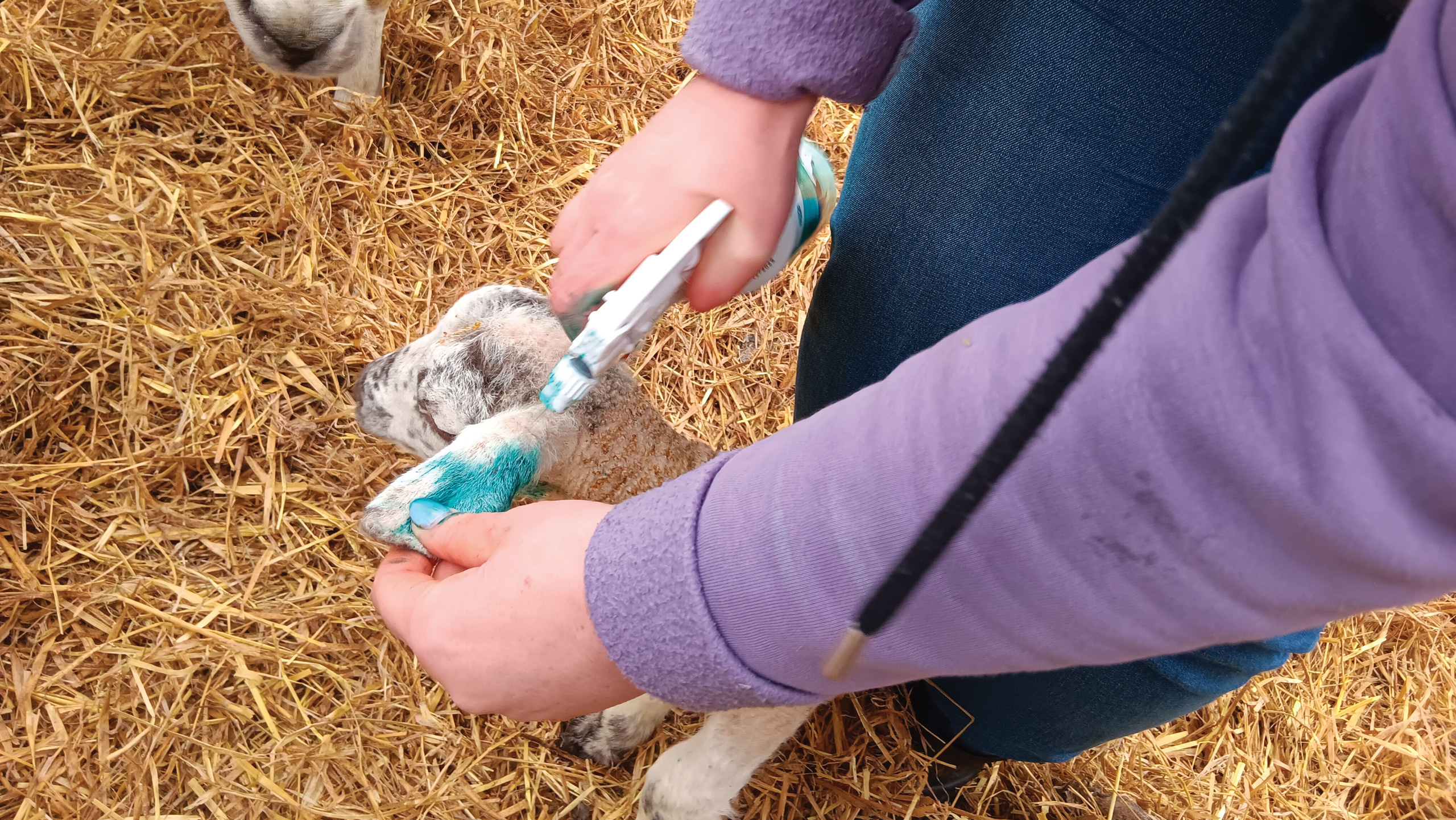
© NoBacz
- 6,840 lambs tested across 11 flocks
- The trial was randomised – odd-numbered lambs were treated with strong iodine and even-numbered lambs were treated with Nobacz Navel
- Current farm practices were observed, so farms sprayed or dipped as they normally would
- Survival figures and weights were recorded
“Until now, best practice to manage navel ill in lambs has been to apply strong iodine to the navel and ear-tagging sites by dipping or spraying to dry out the navel and disinfect the surface,” she says.
“Prophylactic antibiotics use still occurs on as many as 19% of farms, which is not best practice or good antimicrobial stewardship.
“Nobacz Navel dries the navel better than iodine and forms a waterproof barrier, which protects lambs from the environment.”
Trial results
According to Fiona, the following benefits were found when using the new cleansing solution in the 11 trial flocks:
- Mortality 17 more lambs survived for every 1,000 born, according to a statistical analysis. This equates to a 21% reduction in neonatal mortality.
- Growth rate Lambs had an extra 230g of bodyweight at eight weeks of age.
- Practicalities The solution was less harsh to the operator’s hands than iodine and skin seal technology made it more adherent, meaning less was wasted and farmers’ hands did not crack or get discoloured.
- Reduced dam interference Farmers reported ewes were not interested in nibbling the new product. This meant navels were less exposed to pathogens and biting from ewes than when they were treated with iodine. A bitter tasting additive is included to deter ewes, and cows, from interference.
Fiona adds that data from the trial showed better lamb survival rates when lambs’ navels were dipped rather than sprayed.
Ingredients
The product is antibiotics-free, combining a natural polymer, ethanol and metal ions in a surgical spirit base.
Like iodine and other navel sprays, its role is to rapidly disinfect and dry the skin, forming a barrier to pathogens and preventing infection of internal organs and joints.
According to Nobacz, the navel is desiccated within two hours. A natural resin dyes the navel area blue so operators can see which lambs have been treated.
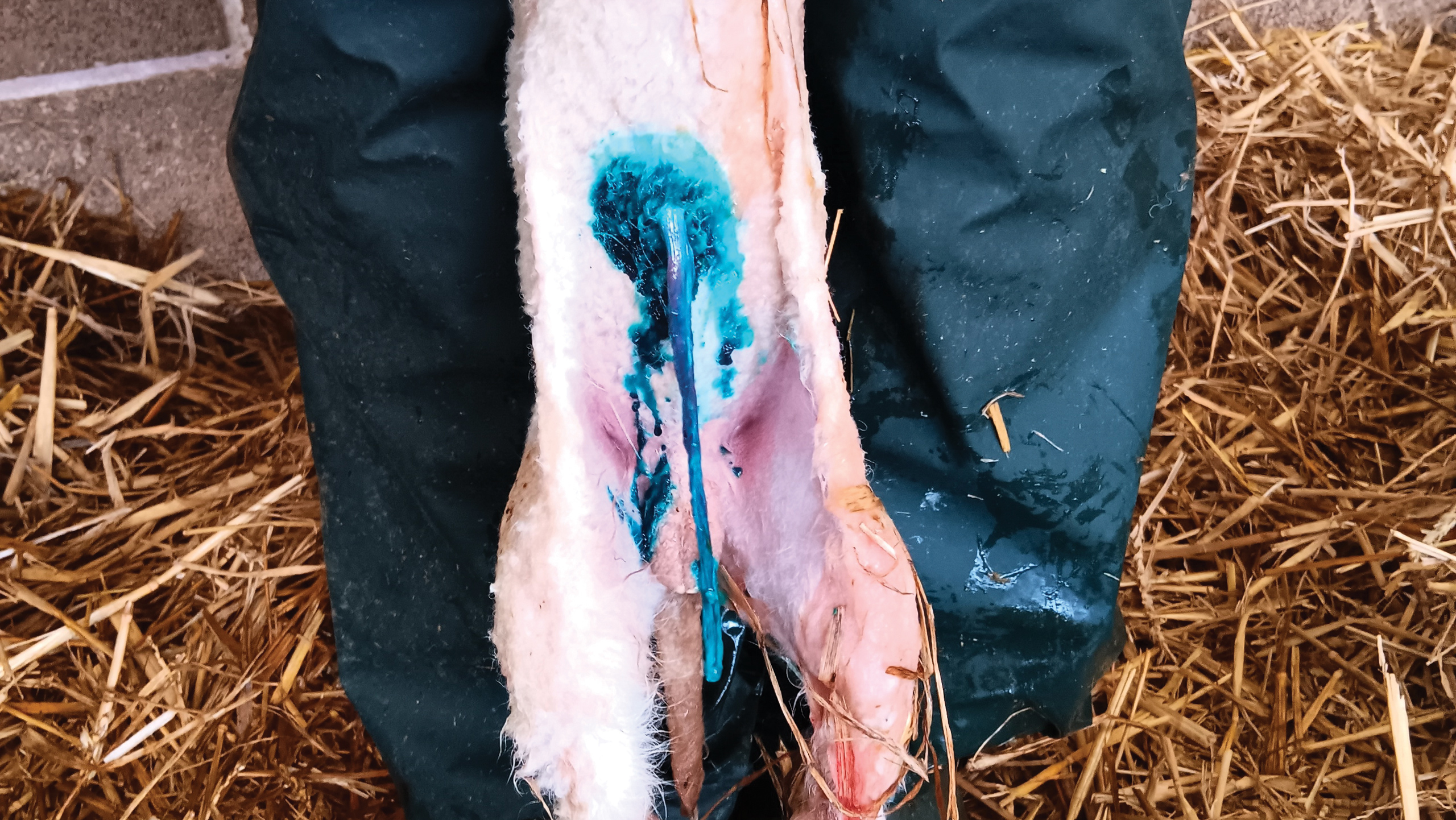
© NoBacz
Cost
Notwithstanding variation between suppliers, and bulk deals, Nobacz Navel is dearer than iodine, but compares favourably on a price/dose basis due to less waste and quicker drying times meaning it can be used more efficiently.
Farmers Weekly found iodine for £16-£18 for a 500ml bottle at online stockists in January. For the same volume, Nobacz was £26-£31 (or 16p a dose).
Case study
Carys Jones, Carreg cyn ffyrdd, Llandeilo, Carmarthenshire
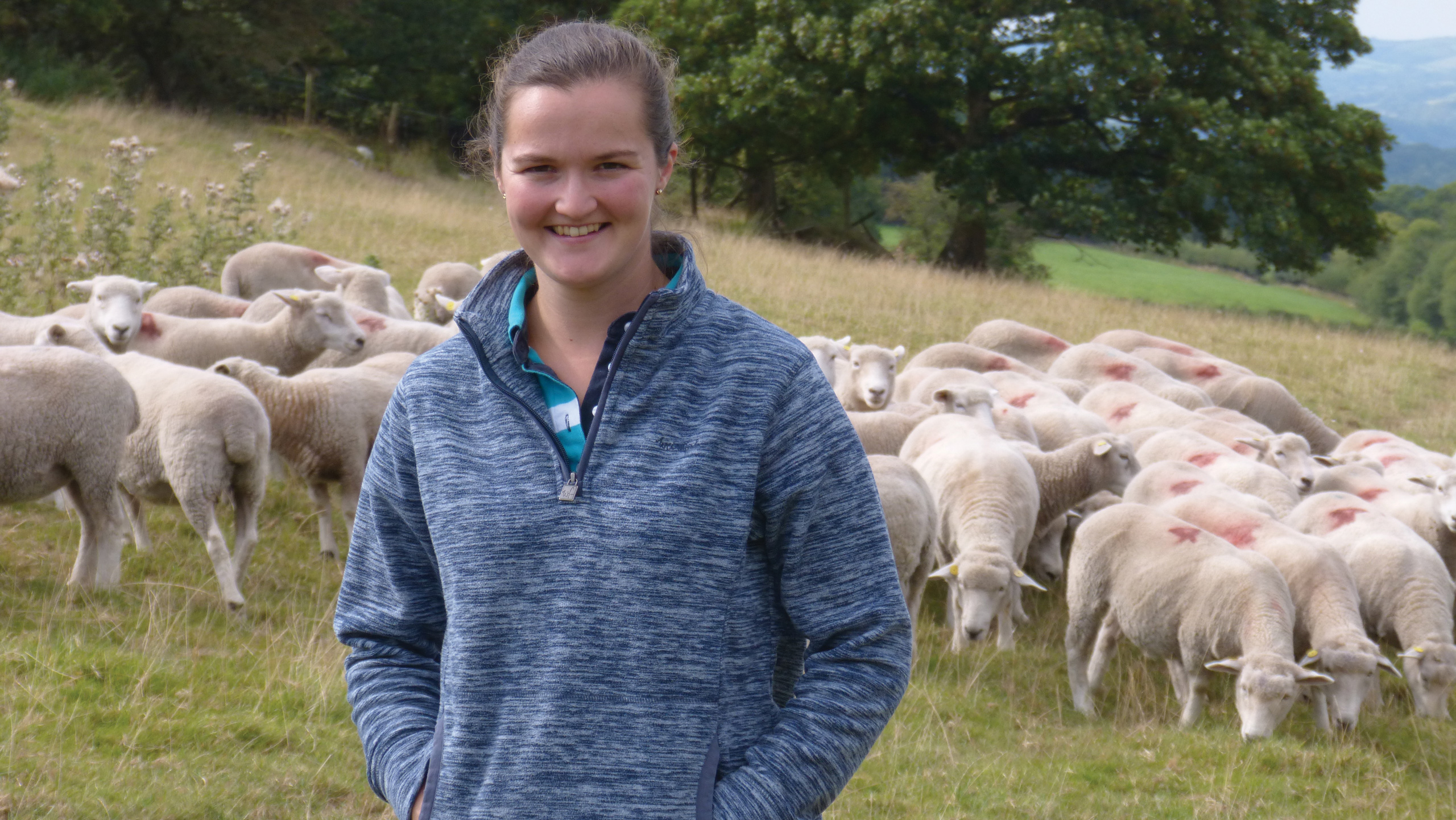
Carys Jones © MAG/Michael Priestley
Farm facts
- 550 ewes
- Llanymddyfri improved Welsh Mountain ewes and Romney crosses
- 50 Stabiliser suckler cows
- 141ha of grazing, of which 80-100ha improved
- Selling performance-recorded purebred rams
Upland beef and sheep farmer Carys Jones tried out Nobacz Navel in the trial on lambs born indoors and outdoors with encouraging results.
“We were looking at alternatives to iodine, as it was getting ridiculously expensive,” says Carys, who farms in partnership with her father, Stuart, and her grandparents, Trevor and Pauline.
“The lamb treated with Nobacz Navel is noticeably drier by the time it’s moved to a pen.”
Ewes lamb for 1.5 cycles from 10 April. All lambs are treated with a navel dessicant by dipping the navel into a repurposed juice bottle.
As the flock is in a performance recording scheme (Prohill), lambs born outdoors need tagging and numbering, so Carys treats their navels at the same time.
Outdoor system
Purebred ewes form an “A flock”, which lambs outside. Ewes with twins are given the best grazing after lambing. Singles get the second-choice fields.
Ewes and lambs are typically moved to fresh grazing 24-48 hours after lambing.
Carys checks fields two to three times a day, dipping newborn navels as soon as lambs appear.
She waits to tag ears until the lamb is old enough to stand and has had a feed.
Indoor system
Ewe lambs, together with all yearlings, thin ewes, triplet-bearing ewes and ewes tupped by a Chamois or terminal sire Primera, lamb inside in large pens of 15-17 (about 250 in total).
Twins are given 24 hours to bond in individual pens, and singles are turned out as soon as possible.
Navels are dipped when lambs are standing and have had a colostrum feed.
Carys found a second navel dip, previously carried out when lambs were checked in individual pens, was not required when using Nobacz Navel as the navel had dried already.
Case study
Anna and Ian Wilson, Searchlight Farm, Nunthorpe, North Yorkshire
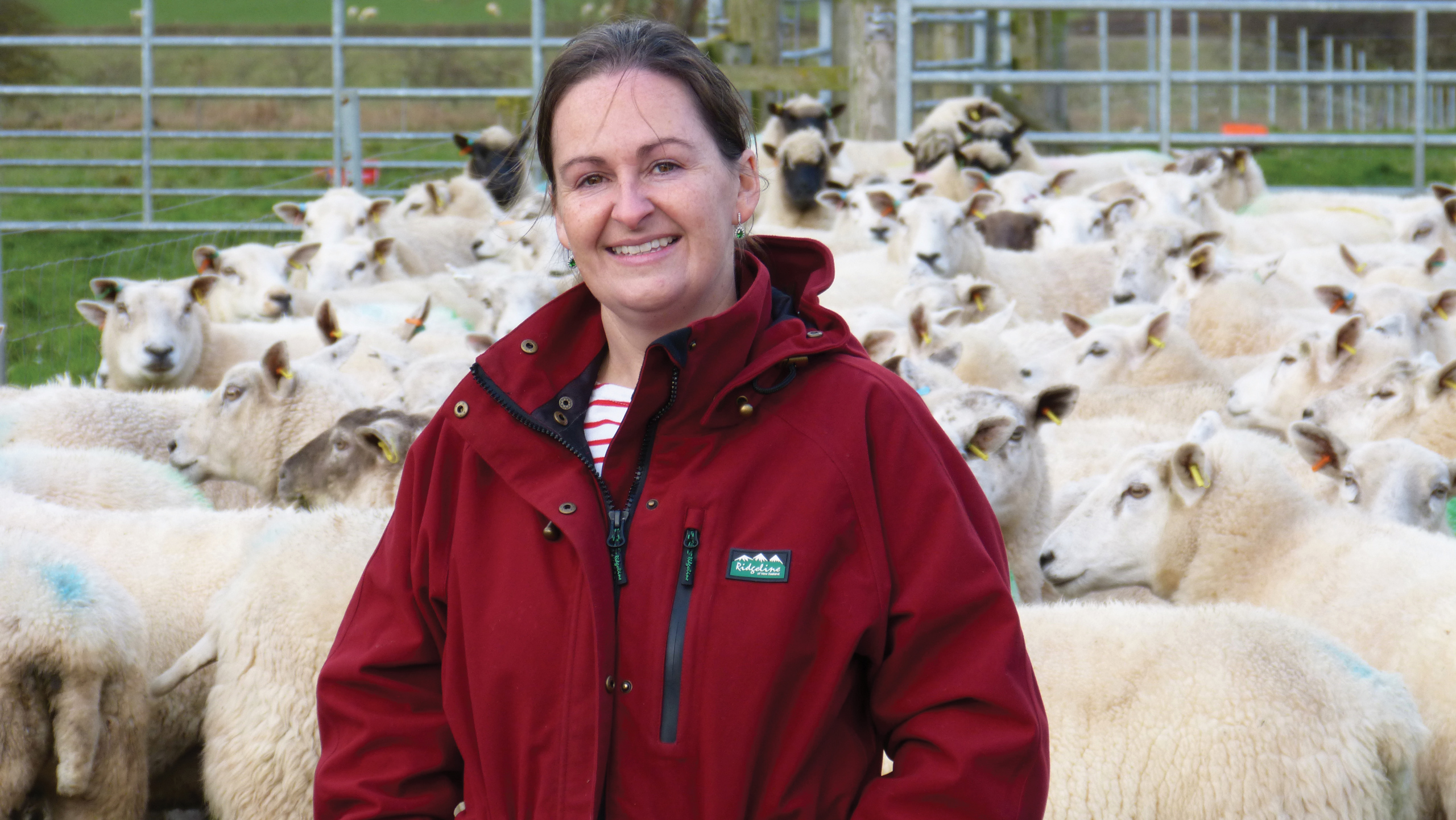
Anna Wilson © MAG/Michael Priestley
Farm facts
- 575 ewes on 90ha of grass, half of which is ploughable
- 40ha of feed barley
- 11ha of red clover
- 141ha overall
- Supplying Tesco on a deadweight contract
A North Yorkshire family found lamb navels dried faster when treated with Nobacz Navel than with iodine plus a splash of surgical spirit in the trial.
Anna and Ian Wilson lamb indoors for five weeks from late March and used the new cleansing solution last year.
They house ewes on straw in a shed and have individual pens in a polytunnel. Ewes and lambs typically move to a nursery pen once bonded and head out to grass when lambs are 24-48 hours old.
While they have been able to source a good supply of iodine in recent years, the Wilsons believed the quality was falling.
Their typical lambing routine is to dip the navel at birth using a repurposed milk carton, dip again four hours later when the lamb is full of colostrum, and a third time when tagging at 12 hours of age, when ears would be given a splash of iodine, explains Anna.
“What we found is the navel dried faster with the new blue solution, so there was often no need to do a third dip. It was far easier to apply to the ears as well.
“We spray the ear first at the tag site, then insert the tag.”
Gathering flock data is important to the Wilsons as they run a self-replacing Texel-cross flock using Texels and Tefroms.
They aim to produce ewes that can forage, lamb unassisted, milk well and have good maternal instinct, while also producing decent carcasses.
